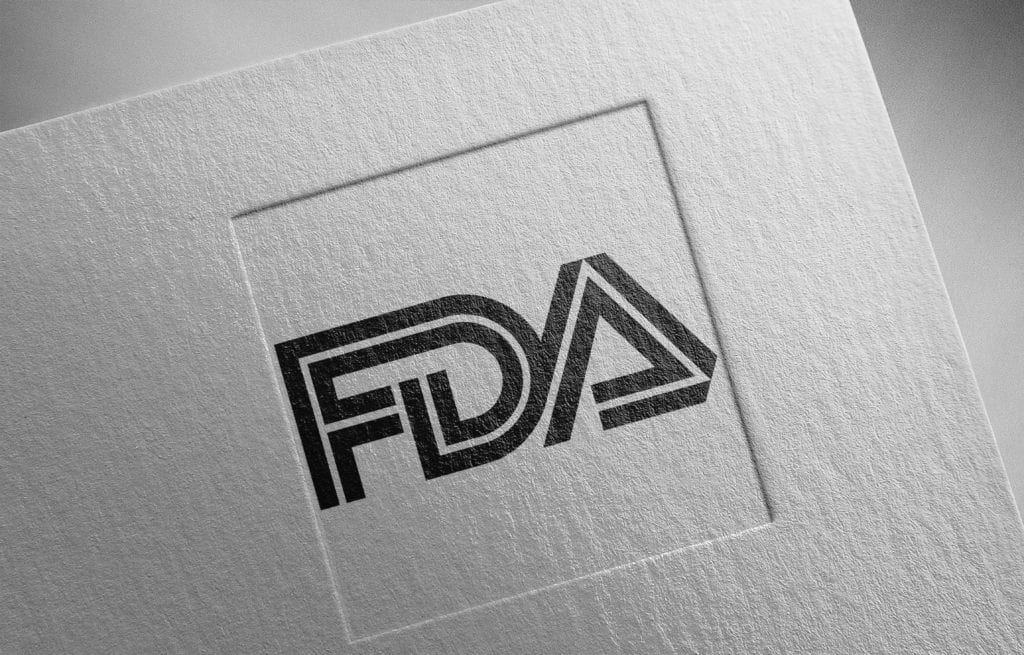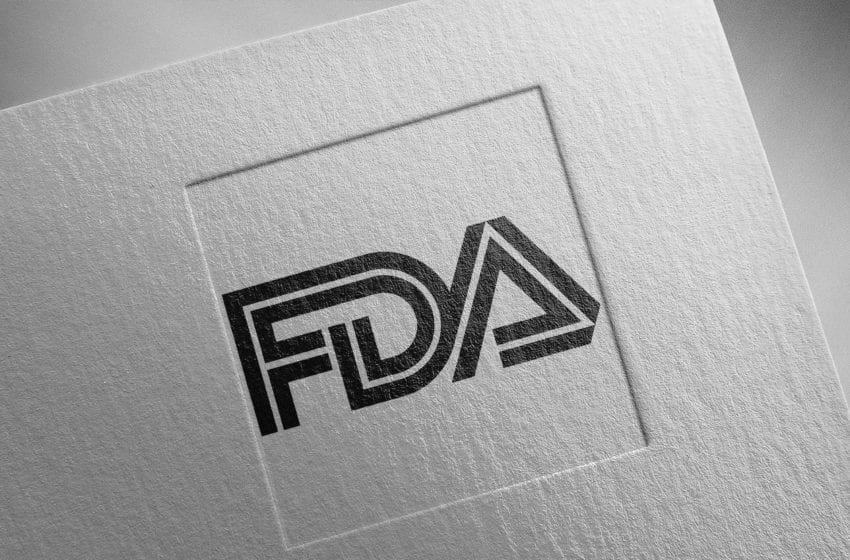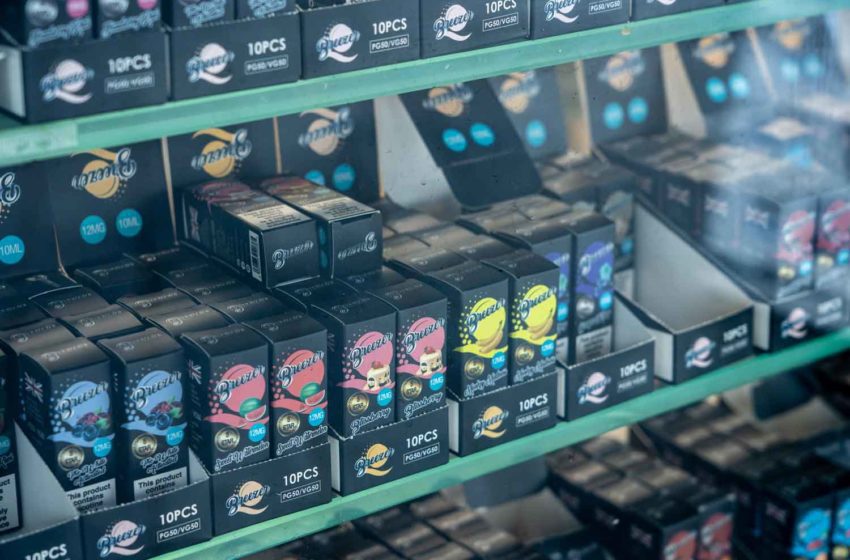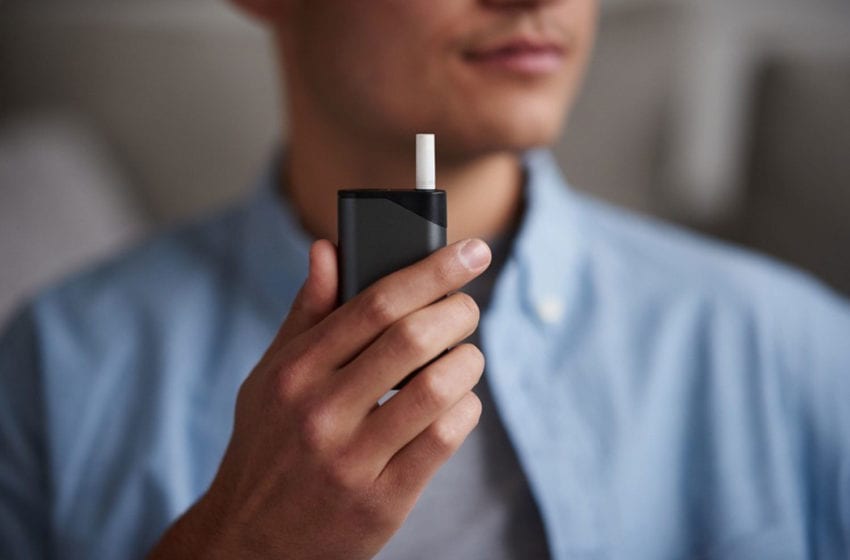
Contributed

In this article, Broughton Nicotine Services Head of Scientific Affairs Paul Hardman outlines the factors that can lead to data gaps in premarket tobacco product applications (PMTAs), what prompts a deficiency letter and how you can respond quickly and appropriately.
What is a deficiency letter?
Deficiency letters are sent to those who have submitted a PMTA with incomplete or insufficient data for the U.S. Food and Drug Administration to make a decision on whether the product is “appropriate for the protection of the U.S. public health.”
Why have I received a deficiency letter?
There are common causes of deficiencies that prompt the arrival of a letter. These could include a PMTA that lacks information that was mistakenly considered unimportant by the electronic nicotine-delivery systems (ENDS) company but is actually required by the FDA.
Applicants may also have been rushed to meet last year’s Sept. 9 deadline, leaving the company submitting the PMTA with insufficient time to collate and provide the required data. Similarly, the timeframe required to submit the application may not have left enough time to complete stability studies of the required length to provide a range of data. The FDA is, understandably, keen to understand the stability of a product over its expected shelf life.
Other reasons include:
- A lack of integration between different studies—often submissions provide extensive data for some workstreams but are light in others. It is important that appropriate data is provided for all product analysis, nonclinical and human subject studies—and that data and approaches are integrated across all areas.
- Different interpretation of “scientifically justified”—many elements of the PMTA guidelines indicate that approaches applied need to be justified by scientific data. However, as all products differ, there is a level of ambiguity in terms of what this looks like and what is required.
- Poor “bridging” of data—the FDA welcomes the bridging of scientific data between similar products where appropriate. However, bridging that is not, in the opinion of the FDA, sufficiently scientifically justified will be highlighted and raised as a deficiency.
What will be in a deficiency letter?
Despite the name, it won’t just be a letter. The deficiency packs issued by the FDA are very detailed, outlining positive aspects about your application and areas for improvement and attention.
There will be multiple pages covering different points, with sections covering all products or particular products in a bundled PMTA and perhaps highlighting deficiencies for particular timepoints.
What is the aim of the deficiency letter?
Once a PMTA application has been accepted for filing, the next stage is substantive scientific review, which results in either a deficiency letter, a request for environmental information, a market order granted or a market order denied. The FDA will notify the submitting company when their application enters substantive scientific review.
The FDA intention of the deficiency letter pack is to support you in providing the required information. Each will typically cover what you need to do to remedy the deficiency and what data you need to provide to allow the FDA to carry on with a substantive scientific review—and the FDA has confirmed that, for deemed products (those on sale in the U.S. on or before Aug. 8, 2016), you will only receive one deficiency letter based on the agency’s current high workload with the many applications in process. The FDA has said this may be reviewed in the future once the backlog is cleared. Generally, for deemed products, you will have only 90 days to respond to the deficiency letter with all the relevant data that has been requested.
Information could include examples of what meets the FDA’s requirements and advice on how you could better explain or justify the information provided. There is no set response to a PMTA application. The FDA has received an extensive number of applications, which are reviewed by a team of people, so inconsistencies may arise between different responses. Also, take note that answering all the queries in a deficiency letter does not necessarily guarantee that your application will eventually be granted a marketing order.
How can I prepare for a deficiency letter?
As an ENDS company, you might have a good idea of possible data gaps within your submission and understand whether you are likely to receive a deficiency letter. Or, you may believe that what you have provided is appropriate and adequate. Either way, it is best to be prepared.
Steps can be taken to ensure you are ready for any eventuality, the most important one being to ask for help. Scientific and regulatory ENDS specialists can undertake gap analysis to identify any possible deficiencies so that steps can be taken now to provide what is required.
You can also ensure you fill any missing data gaps. If there is information that is clearly missing or inadequate, put studies in place to collect the data now. Remember, there are only 90 days to respond to a deficiency letter, which may not be sufficient time to obtain the information required.
Another piece of advice would be to start stability studies now if you are in any doubt that the stability data you provided may not be sufficient in terms of duration. Putting studies in place now will help you stay ahead of the game if this aspect of your submission is questioned.
Finally, you should always cross-check requirements. It is surprising how many companies miss out key sections, such as an executive summary or environmental assessment. Although omission of key sections is likely to lead to the FDA refusing to accept or refusing to file the application prior to reaching the substantive review phase, it makes sense to compare the detail of what you have provided with the list of requirements from the FDA to check if you have overlooked anything.
Recently, the FDA confirmed that addendums of additional data can be submitted to them before the commencement of the substantive scientific review stage for the process. This is fantastic news for manufacturers who had submitted dossiers that were not as comprehensive as they would have liked; if your application has not yet entered substantive scientific review, you now have the opportunity to submit additional data at no penalty to your application. However, if you plan to do this, it is important to contact the FDA and describe the anticipated plan of data generation and submission—and be quick. If you leave this too late and your application does enter substantive scientific review, you run the risk of any addendums being detrimental to your application and a shortening of the FDA’s enforcement discretion.
How can I be prepared for, or minimize the chance of, receiving a deficiency letter?
ENDS companies most prepared to respond appropriately will be those that are expecting the letter and have the required data ready or those that avoid receiving a letter altogether by providing information upfront. Companies such as Broughton Nicotine Services can help at any stage of the process, either prior to submission or during substantive scientific review, troubleshooting when there is a refuse to file/accept decision and also helping with preparation for and response to deficiency letters.
Broughton Nicotine Services can help you undertake a gap analysis on your submission and generate the required information. Contact our regulatory consulting team to book a meeting so that we can help you advance a smoke-free future.
This article was supplied on behalf of Broughton Nicotine Services.



















